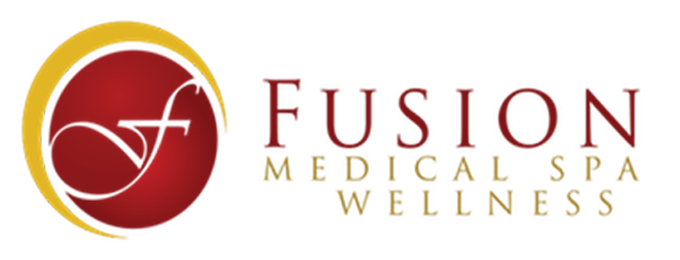As we approach December 21st, 2012, the end of civilization according to the Mayan calendar, I think it is worth reflecting on the Mayan style of medicine and comparing it with current practice.
While I prefer to use peer -reviewed journals as a primary source, Wikipedia appears to rival other resources for Mayan medicine and was consulted for this article. For those who have been pushed into the digital age against their will (my nurse Janet comes to mind) Wikipedia is an online open-source encyclopedia reviewed by many subject matter experts before an article is deemed to meet acceptable standards. Arguably, the original texts are better resources, but my education didn’t include the Mayan language.
We practice one of the first types of medicine in our home. The origin in our household was probably the same as in prehistoric times. Dad’s back isn’t the same as it used to be- mine is largely due to years of jumping out of airplanes. After dinner, while the kids are getting ready for bed, dad lies down on the floor. The kids finish getting ready for bed and are ready to perform one of the earliest pain control rituals known to man- my kids call it “Walk on Back”. After a short therapy session, the kids are ready to go to sleep and dad feels a bit better. Perhaps the earliest subspecialty: family medicine?
Many of us are aware that the Mayan culture occasionally used live sacrifice in purification rituals in an effort to cure disease. In the event the person sacrificed was also one of the afflicted, they achieved a 100% cure rate; something modern medicine has yet to achieve. Modern patients seem to be okay with this, as open-heart surgery without anesthesia also carries an extremely high death rate. (“Doc, we can only assume he was cured, he stopped complaining shortly after the surgery began.”)
So, excepting live sacrifice, are there any areas we have in common? Sure! Ancient healers would often formulate a healing plan after obtaining a detailed history of the patient’s life and past experiences. While many of our current medical specialties seem to fast-forward through the subjective (patient reported) in favor of the objective (measured and tested), some practices, including my own aesthetic practice, rely heavily on where the patient has been in order to formulate a plan to help them get to their desired destination.
Call me old fashioned; I actually enjoy taking a history of a patient’s life and experiences. I find that in doing so, I am able to establish a connection with more than 99% of the patients I see. What about the less than 1%? Are they just difficult patients? Call me an optimist, but I think that sort of connection can be established with anyone given enough time.
Given enough time… Nobody knows how much time we have left on this planet. According to the ancient Mayans, not much. I subscribe to the theory that they ran out of space on the rock calendar. I guess time will tell!
Disclaimer: Dr Stephen Rath, MD, DABA is a board certified anesthesiologist as well as the owner and medical director of Fusion Medical Spa located in Ruidoso, NM. He is not an expert on ancient medicine but he believes he can make a difference in modern medicine. Comments or questions? His email address is: DrRath@FusionMedicalSpa.net.
